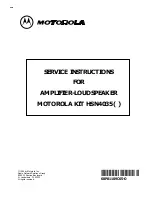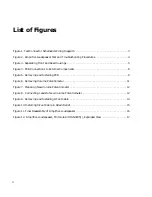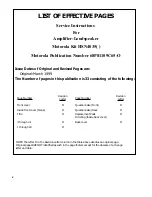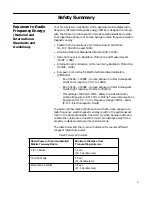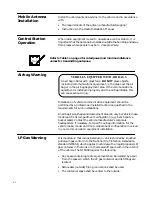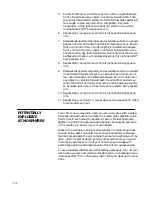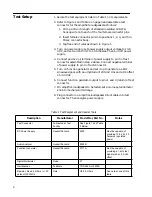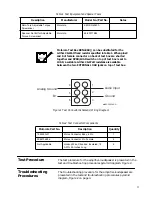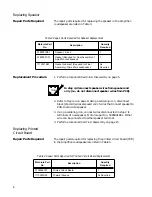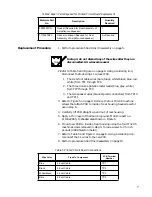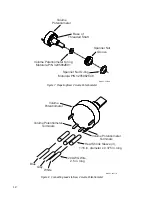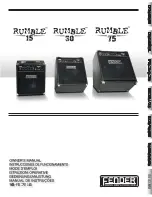
Exposure to Radio
Frequency Energy
(National and
International
Standards and
Guidelines)
Your Motorola two-way Radio, which generates and radiates radio
frequency (RF) electromagnetic energy (EME), is designed to comply
with the following national and international standards and guide-
lines regarding exposure of human beings to radio frequency electro-
magnetic energy:
•
Federal Communications Commission Report and Order
No. FCC 96-326 (August 1996)
•
American National Standards Institute (C95-1-1992)
•
National Council on Radiation Protection and Measurements
(NCRP - 1986)
•
International Commission on Non-Ionizing Radiation Protection
(ICNRP - 1986)
•
European Committee for Electrotechnical Standardization
(CENELEC)
-
Env. 50166 - 1 1995E - Human Exposure to Electromagnetic
Fields Low Frequency (0 Hz to 10kHz)
-
Env. 50166 - 2 1995E - Human Exposure to Electromagnetic
Fields High Frequency (10kHz to 300Ghz)
-
Proceedings of SC211/8 1996 - Safety Considerations for
Human Exposure to E.M.Fs from Mobile Telecommunications
Equipment (M.T.E.) in the Frequency Range 30MHz - 6GHz
(E.M.F - Electromagnetic Fields)
To assure optimal radio performance and that human exposure to
radio frequency electromagnetic energy is within the guidelines set
forth in the above standards, transmit
only
when people inside and
outside the vehicle are at least the minimum distance away from a
properly installed, externally-mounted antenna.
The table below lists the minimum distance for several different
ranges of rated radio power.
Rated Power of Vehicle-installed
Mobile Two-way Radio
Minimum Distance from
Transmitting Antenna
7 to 15 Watts
1 Foot
(30.5 Centimeters)
16 to 50 Watts
2 Feet
(61 Centimeters)
More than 50 Watts
3 Feet
(91.5 Centimeters)
Safety Summary
v
Rated Power and Distance

